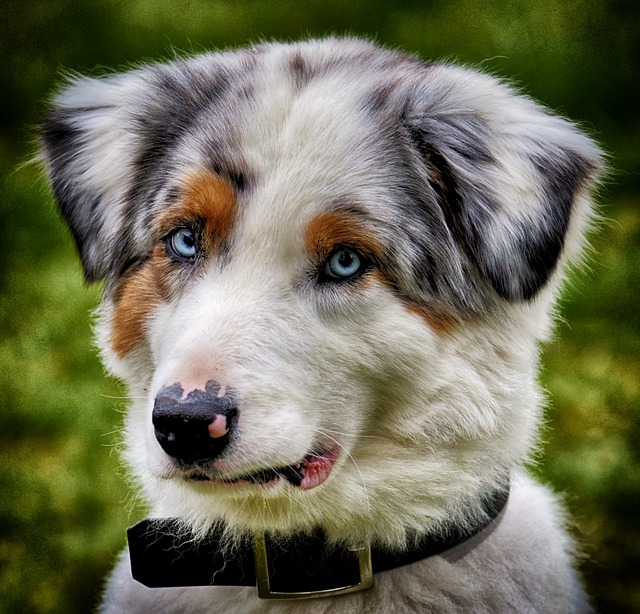Potty training is a crucial aspect of welcoming a new dog into your home, whether it’s an adorable puppy or an adult dog joining your family. A well-trained dog not only contributes to a harmonious living environment but also strengthens the bond between you and your furry friend. In this guide, we’ll explore effective techniques and essential tips on how to successfully potty train both puppies and adult dogs.
- Consistency is Key:The cornerstone of successful potty training is consistency. Establishing a routine for feeding, outdoor breaks, and playtime helps your dog anticipate when it’s time to go outside. Consistency in scheduling reinforces positive behaviors and aids in building a reliable potty routine.
- Create a Designated Bathroom Area:Designate a specific area outdoors for your dog to relieve themselves. Regularly taking your puppy or adult dog to this location helps them associate the space with bathroom activities. Consistency in using the same spot reduces confusion and reinforces the purpose of the outdoor area.
- Frequent Outdoor Breaks:Puppies and adult dogs have smaller bladders and higher metabolisms, necessitating more frequent bathroom breaks. For puppies, outdoor breaks are particularly crucial after waking up, after meals, and after playtime. Adult dogs, too, benefit from a consistent outdoor schedule, promoting a predictable routine for them.
- Positive Reinforcement: Positive reinforcement is indeed a powerful and effective tool in the process of potty training for both puppies and adult dogs. This training technique relies on encouraging and rewarding desired behaviors, creating a positive association between the behavior and the reward. When your dog successfully eliminates outdoors, praise them enthusiastically, and offer a treat as a reward. This positive association encourages your dog to repeat the desired behavior. Avoid scolding or punishment for accidents, as it may create anxiety and hinder the learning process.
- Monitor Indoor Behavior:Keep a close eye on your dog when indoors, especially during the initial stages of training. Watch for signs like sniffing, circling, or restlessness, which may indicate that your dog needs to go outside. By attentively observing your dog’s behavior, you can anticipate and prevent accidents.
- Use Command Phrases:Introduce specific command phrases or cues when your dog is eliminating outdoors. Consistently using phrases like “go potty” or “do your business” helps your dog associate these words with the intended action. Over time, they will learn to respond to these cues and understand your expectations.
- Crate Training:Crate training can be an effective aid in potty training, especially for puppies. Dogs have a natural instinct to keep their living space clean, and a properly sized crate aligns with this instinct. Use the crate for short periods, gradually increasing the duration as your dog becomes more comfortable. Take them outside immediately after crate time to reinforce outdoor potty habits.
- Clean Accidents Thoroughly:Accidents are an inevitable part of the learning process. When accidents occur indoors, clean the affected area thoroughly to remove any scent markers that might attract your dog back to the same spot. Use enzymatic cleaners designed to neutralize odors and discourage repeat incidents.
- Be Patient and Understanding:Potty training requires patience and understanding. Both puppies and adult dogs may take time to grasp the concept fully. Celebrate their successes, and if accidents happen, recognize them as opportunities for learning rather than moments of frustration.
- Consult a Professional Trainer:
If you encounter persistent challenges in potty training, consider seeking guidance from a professional dog trainer. Trainers can provide personalized strategies based on your dog’s specific needs, ensuring a smoother training process.
Potty training a puppy or adult dog demands commitment, consistency, and positive reinforcement. By establishing a routine, creating a designated outdoor space, and employing patient guidance, you can navigate the challenges of potty training successfully. Remember that every dog is unique, and adapting your approach to suit their individual needs is key to fostering a positive and lasting potty training experience.



